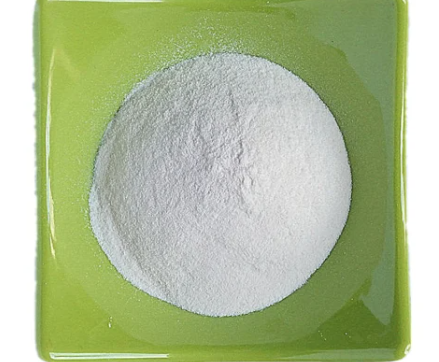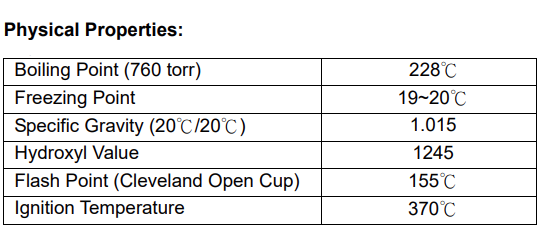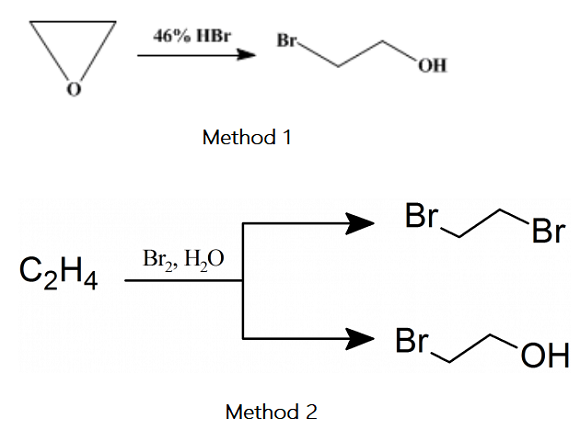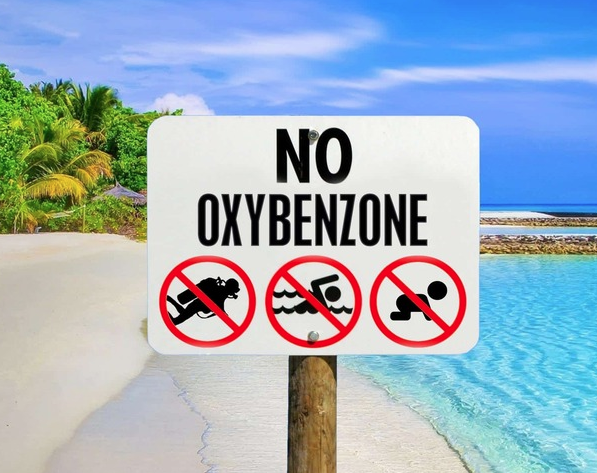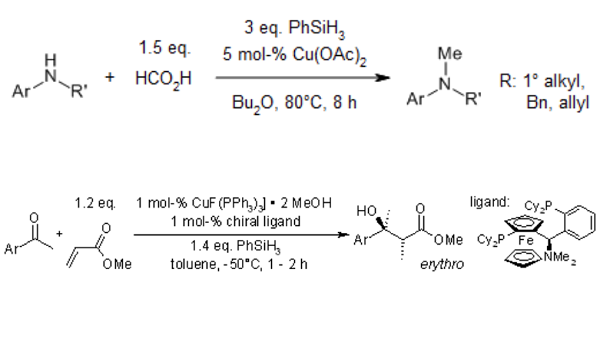From early AD to mid-19 century, people mainly use the natural organic substance (such as animal and plant extracts) for qualitative analysis or quantitative analysis. From the second half of the 19th century to the 1920s, it had begun to appear of artificially synthetic organic reagent such as using potassium acetate xanthan for test of nickel, copper, and molybdenum; using morin for test of aluminum; using diazo coupling reaction for the detection of Nitrite; using α-β-nitroso naphthol for detection of cobalt; using dimethyglyoxime for nickel test. After the proposal of the special-effects group in the 1930s and the proposal of theoretical analysis of functional groups theory in 1950s, people had carried out large-scale screen of organic reagents in search of special-effects analysis groups for different ions and had successfully synthesized a lot of agents of practical value (such as copper reagents, new copper agent, cadmium reagents, beryllium reagent, thorium reagents, etc.). Before the 1950s, the complex compound, in analytic chemistry, is mainly used in the aspects of the precipitation reaction of a binary chelate for the qualitative detection, precipitate isolation and gravimetric separation and other aspects. In the early 1950s and 1960, it is mainly in the form of complexometric titration. From the beginning of the late 1960s, the main focus has been moved to the photometric analysis. Meanwhile, it has been also developed of chelate organic solvent extraction.
Tetraacetylethylenediamine and laundry detergents
TAED is a vital component of laundry detergents as an alternative to “active oxygen” bleaching agents, from sodium perborate to urea peroxide.
Aug 19,2024 Organic reagentsTriphosgene: History and Advantage
Triphosgene, or bis(trichloromethyl) carbonate or BTC, is a convenient substitute for the extremely toxic phosgene gas.
Aug 9,2024 Organic reagentsThe different types of Ethanol
Ethanol, also known as ethyl alcohol or alcohol, is a volatile, flammable, colourless liquid with the molecular formula C2H5OH.
Aug 9,2024 Organic reagents1-Nonanol: Chemical property and uses
1-Nonanol, also known as N-nonyl alcohol or 1-hydroxynonane, belongs to the class of organic compounds known as fatty alcohols.
Aug 6,2024 Organic reagentsQ:What are the uses of 1,4-Butanediol?
A:1,4-Butanediol (BD) is a colourless, high-boiling liquid with a low odour of toxicity.
Aug 5,2024 Organic reagentsQ:How to synthesis 2-Bromoethanol
A:2-Bromoethanol can be prepared by the reaction between ethylene glycol and hydrobromic acid and phosphorus tribromide, by the direct addition of hypobromous acid to Ethylene, and by the reaction betwe
Aug 2,2024 Organic reagentsThe safety of Oxybenzone as a sunscreen
Oxybenzone is an ultraviolet (UV) absorber used in 70% of sunscreen products, is a recognized endocrine-disrupting chemical (EDC) and is small enough to pass through skin and placenta barriers.
Jul 31,2024 Organic reagentsNinhydrin vs 1,8-diazafluoren-9-one
Ninhydrin and 1,8-diazafluoren-9-one (DFO) are the two primary reagents for visualizing the amino acids contained within a fingerprint residue.
Jul 31,2024 Organic reagentsThe reduction reactions of Phenylsilane
Phenylsilane (PhSiH3) is an organosilicon compound that is benzene, and hydrogen is replaced by a silyl group.
Jul 31,2024 Organic reagentsQ:Is o-xylene harmful to humans?
A:Yes, o-xylene is harmful to humans. And the legal airborne permissible exposure limit (PEL) is 100 ppm averaged over an 8-hour workshift.
Jul 24,2024 Organic reagents




